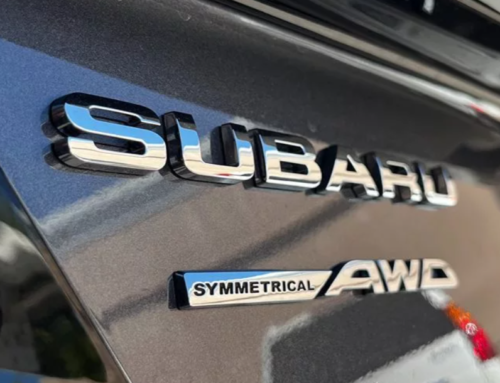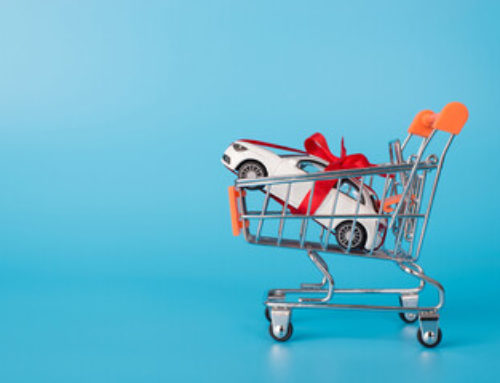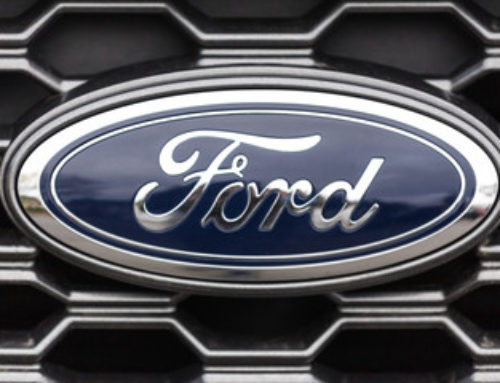Let’s face it, with the world seemingly moving faster and faster, we sometimes skip steps to get to the end quicker. Let’s try to stop doing this while driving!
Here are some bad habits to work on stopping!

Failing to signal. It’s important to let other drivers and pedestrians know your next move so they can slow down and accommodate. Signal at least 100 feet in advance. Also, don’t be the person that leaves their signal on after they have turned!
Riding the brakes. Keeping your foot on the vehicle brake pedal might be causing excess strain on your brakes. If you are driving a manual-transmission vehicle (stick-shift), try downshifting to remain at safe speeds.

Rolling through stop signs. Even if you think the streets are clear, come to a complete stop before turning or proceeding into the intersection. If you don’t and the intersection is not an all-way stop, you may cause a crash.
Slowing down to look at crashes or construction. Rubbernecking is not only dangerous but can also contribute to a chain reaction of slowed traffic. Keep your eyes on the road ahead so you can stay alert to closed lanes or police officers directing traffic after a crash.
Sudden stops. Keep an eye on your surroundings and anticipate when you might need to stop. Pressing slowly on your brake pedal helps save on the excess wear on brake pads.

Fast starts. Peeling away from a stoplight uses excess gas, but also might be putting a strain on the key components of your engine. Accelerate at a slow smooth rate. Unless you are racing of course! (just kidding!)
Driving on fumes. In older electric fuel pumps, the gasoline acts as a coolant. By driving with low fuel in your car, there is less fluid to help cool the engine. In today’s vehicles, the fuel pump is encapsulated inside of a tube and surround by fuel at all times, even when the fuel level is low.

Using the curb to park. Easing into a parking space until you hit the curb damages your tires and potentially causes alignment issues.
Running yellow or red lights. It can increase your chance of a crash. If the light turns yellow before you reach the intersection, it’s best not to risk it.






